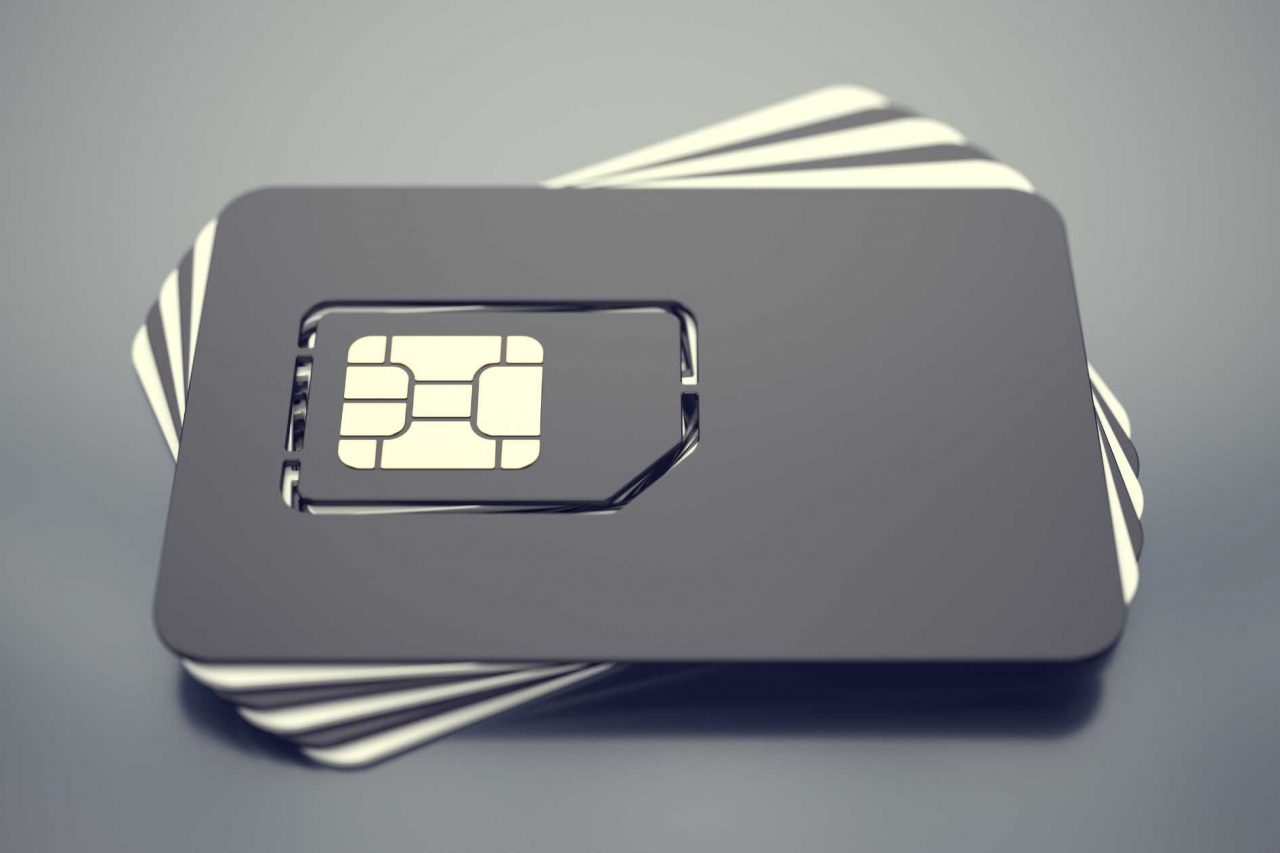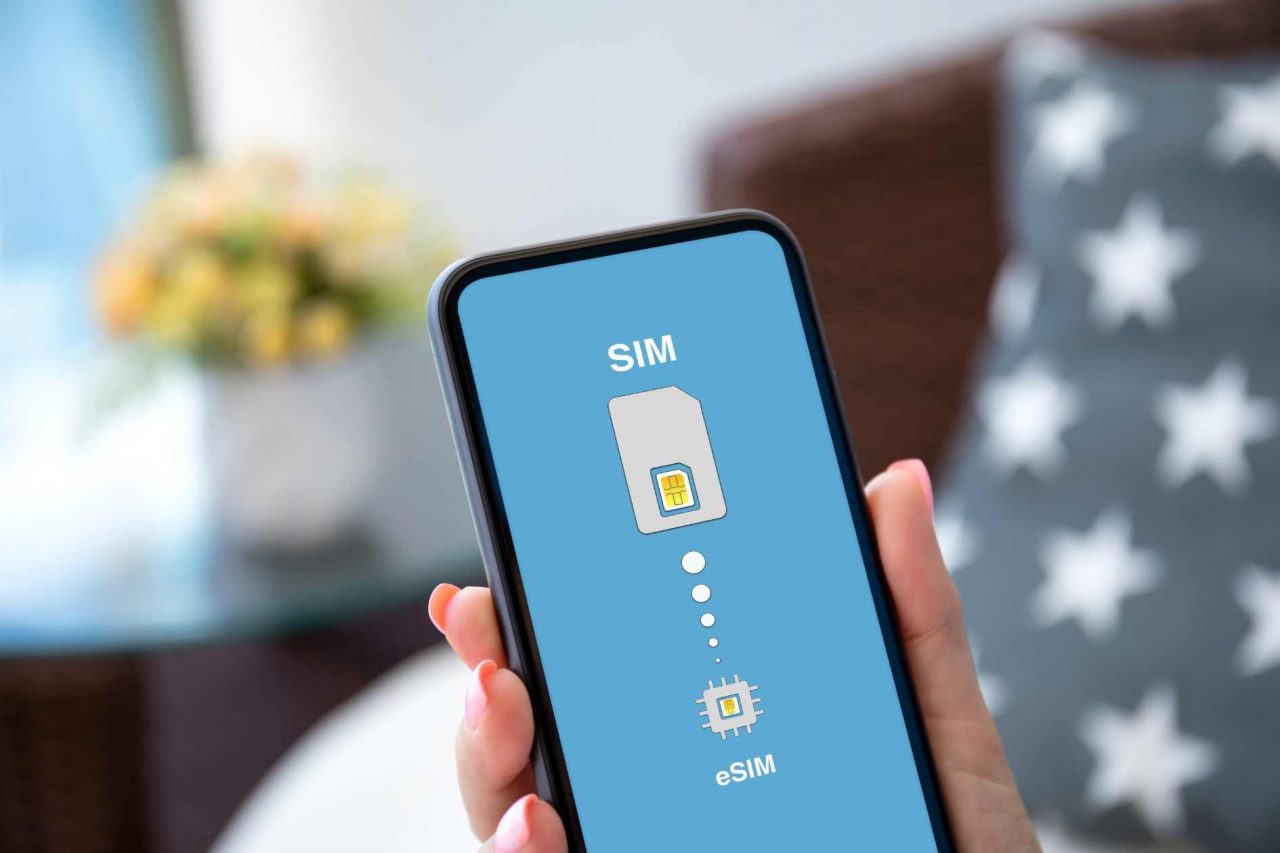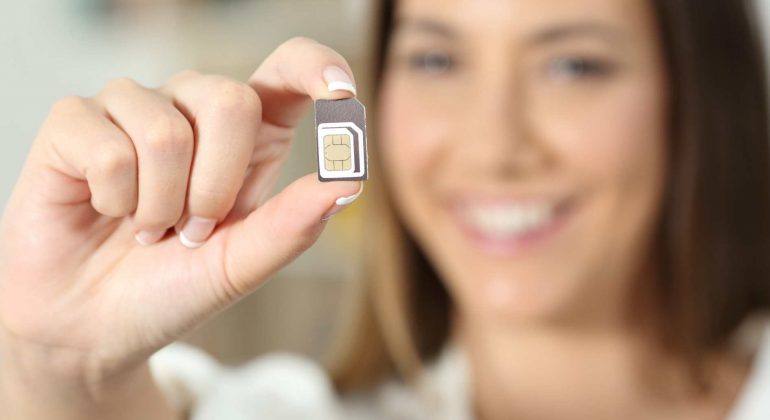Mobile phones have long helped people communicate and promote intercultural communication, albeit fostering peace and harmony. In every single case, the inciting incidents of the world are mediated through our digital devices one way or another.
From the 2004 Indian Ocean Earthquake that resulted in a massive Tsunami in Indonesia to the 2008 Self Immolation of Muhammad Bouazizi that culminated in the Arab spring revolution and changed the whole landscape of the Middle East, Mobile phones were casually a part of every story. They inspired people around the globe to act and fight for their rights.
In short, the lines of communication played a pivotal role in each of these cases and united the whole world against catastrophic events. Mass communication channels resulted in collective actions against these devastating events and effectively changed our society.
But the big question is: How did this massive communication revolution happen that led to a unified change in society? Moreover, is the world still utilising these channels and unfolding the new perk offered by this new digital age?
Well, it is not wrong to say that Mobile Network Operators have changed the whole dynamics of society by connecting people from one end of the globe to another. Such a series of events have displayed the robust power communication plays in our lives and its opportunities soon.
Table of Contents
The Inception of Modern Communication – The Creation of SIM Card
The year 1991 marks a remarkable change in the networking sector. The invention of the telephone by Antonio Meucci was put to new heights when networking was made portable with the design of the first SIM card.
In 1991, the European Telecommunication standards institute developed the first-ever SIM card with the help of Giesecke & Devrient. This SIM card only specialises in banknote securities and smart cards. For most people, communication was going to change, and today, we are seeing the impacts of this invention on the world.
Over these years, this tiny chip has undergone significant changes in its shape and size. These small chip like cards have grown in their utility and evolved from a card-sized iteration to a nano-SIM. Today, mobile networking is not possible without this chip, as multiple technologies like the Internet of things are reliant on them today.
Today, the invention of the SIM has completely changed our lives. Distant has become a mere number through this innovation, and intelligent connection has become a cardinal way of life over these years. Over 6.37 billion smartphone users actively use SIM cards, and multiple mobile operators provide exclusive packages on these SIM cards.
To further enhance our knowledge about the product, let us first look into a SIM card and its significant components.
What is a SIM Card?

Subscribers Identity Module or, in short, a SIM card, is an integrated circuit running a card operating system (COS). This card contains unique information that identifies your phone to a particular mobile network. The mobile web, in return, allows subscribers to make, send or receive calls and SMS along with data on their mobile device.
Mobile phones need a SIM card to identify the owner and communicate with a mobile network. For example, an iPhone belonging to the Talk Home network will need a SIM card of Talk Home Mobile to start operating certain features of your mobile phone.
SIM cards have been a potent part of GSM networking and are extensively used to store information required for authentication. By allowing you to connect with a GSM network, the usage of your phone – precisely your minutes, texts, and mobile data – are processed to provide you with an accurate bill.
In simple terms, when it comes to your phone’s connection with any mobile network, SIM cards are essentially the brain of your device.
All phones need a SIM card, and with a SIM-only deal, you can get the compatible size of SIM from the official merchandise store. In contrast, particular carriers lock the contract phones and they will not support any of these SIMs.
Interesting Read: App Vs. SIM Vs. Calling Cards – What’s the Best Option for Cheap International Calls?
What Does a SIM Card Do and What’s Stored on One?
A SIM card performs a range of functions. From identifying the phone contract you’ve signed up for towards providing data, calls, and text plans, a SIM card is no less than a Pandora box with magical things inside.
A SIM plan provides three complex numbers: ICCID serial number, International mobile subscribers identity number, b and the Mobile Subscriber Integrated Services Digital Number (MSISDN).
There is plenty of other information like your Personal Identification Number (PIN) and Personal Unblocking Key (PUK). These numbers help you identify your number and the SIM plan you want to use.
A SIM usually comes in storage capacity ranging from 8KB to 256KB. This might look less when compared to other microchips, but it is enough to store up to 250 contacts right in your SIM.
So, if you have a new phone and planning to get yourself your first SIM card, then read our blog to help you decide what are the best SIM-only deals available in the market.
Different Types of SIM Cards and Which One to Use?
You might have seen someone entering a small piece of plastic into their mobile phone. That’s a SIM card. An essential part of the SIM card is integrated into it in a metallic box that contains a unique identification number, the phone number, and other information specific to the users.
Earlier, the first SIM cards were roughly the size of a credit card. Over three decades, SIM cards have become much more compact, and they are as small as your fingernail now.
Both Mini and Micro-SIM cards feature a cut-off corner to prevent incorrect insertion into your phone or tablet.
Let us investigate the different types of dimensions of SIM cards:
- Full SIM: 85 mm x 53 mm
- Mini-SIM: 25 mm x 15 mm
- Micro-SIM: 15 mm x 12 mm
- Nano-SIM: 12.3 mm x 8.8 mm
- Embedded SIM: 6 mm x 5 mm
If you have an iPhone 5 or later, your phone will be compatible with Nano-SIM. Older phones like iPhone 4 and 4S use the larger Micro-SIM card. But despite such variations in their sizes, all types of SIM cards contain the same Identifying number and information on their chip.
Moreover, a mini-SIM card can be easily converted into a Micro-SIM simply by removing plastic. You might have seen SIM cutting tools in the market.
What Is an eSIM?

Until now, we have talked about different types of physical SIM cards. But is it as far as we have gone in the development of SIM Cards? The answer is: No. Like any other invention, the SIM cards have also become compact, and today, they are diminishing.
Today, SIM cards have evolved into an embedded SIM (eSIM), which is a physical SIM gone digital in simple terms. An eSIM is built into your device. You cannot physically remove or touch this SIM as it is embedded or soldered into the motherboard of your device.
The advent of E-SIMs is a breakthrough event in the field of telecommunication. Previously, you had to physically insert a SIM in the SIM tray of your phone to get services from mobile carriers. But today, you don’t need a physical SIM.
In simple terms, an eSIM can perform all the functions of a physical SIM. At first glance, this might seem problematic to you as you cannot physically remove the SIM when you want to switch networks while travelling abroad. However, the reality is a lot different.
The most significant advantage of having an eSIM is saving you tremendous time. Before the advent of eSIM, the wait time for SIM delivery was almost a week. But today, instead of waiting for a physical SIM from your local store, you can switch the network on your phone with the help of settings devoted to your eSIM in your phone.
The settings allow you to switch between lines and carriers and manage accounts. Moreover, having an embedded SIM has the most significant benefit for those who travel a lot. These travellers can quickly swipe up their network without physically switching SIM cards.
So, if you are a dual-SIM user, eSIM technology supports multiple accounts – and switching between them is super easy. Moreover, all your existing services and tariffs will exist on your new eSIM.
Once you activate an eSIM on your phone, you can use the physical slot for another number if you want. Also, You will also need to deactivate your physical SIM for the same mobile network once you start using an eSIM.
Interesting Read: The Complete Guide to 5G and Why You Should Be Excited

